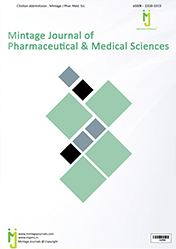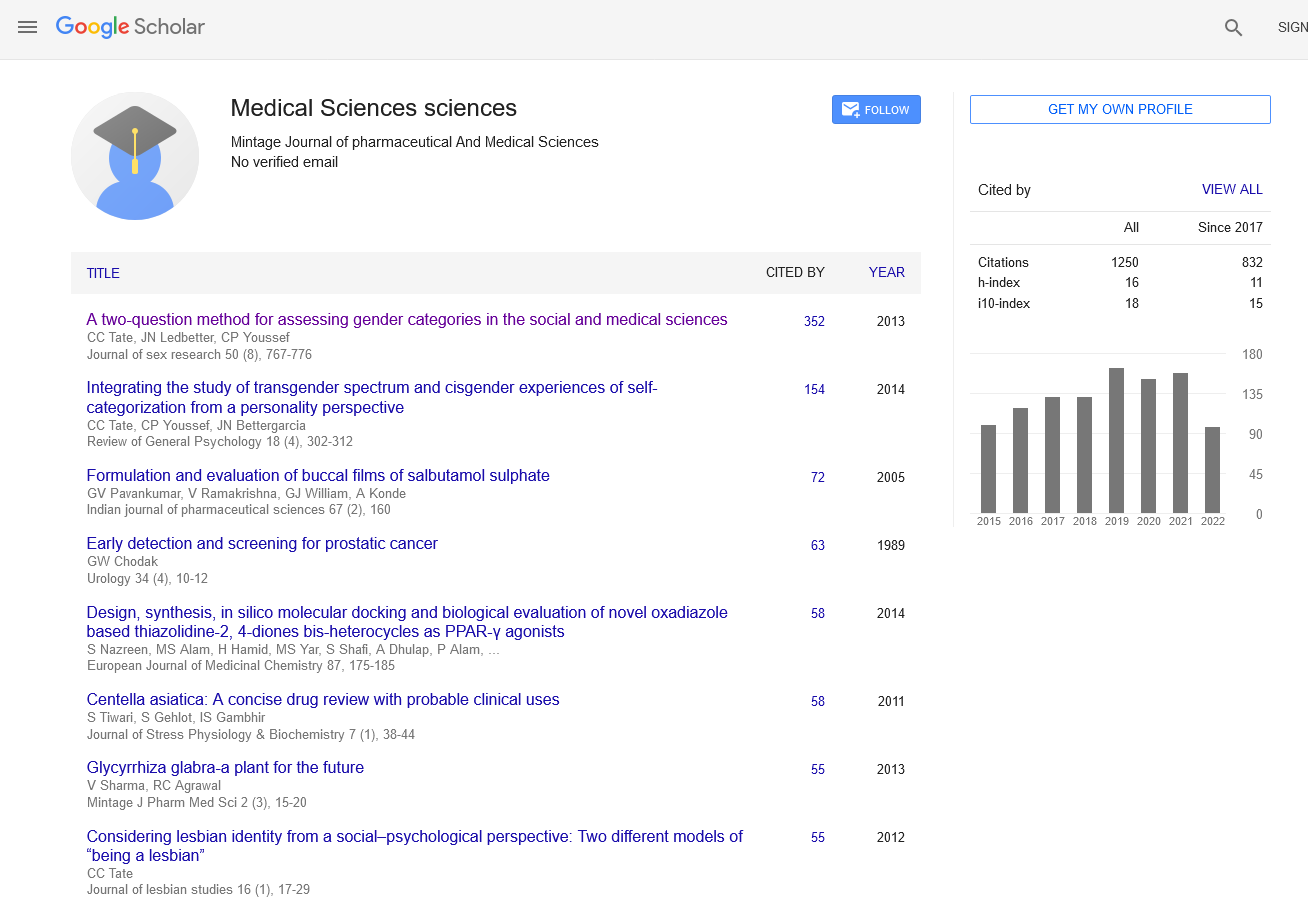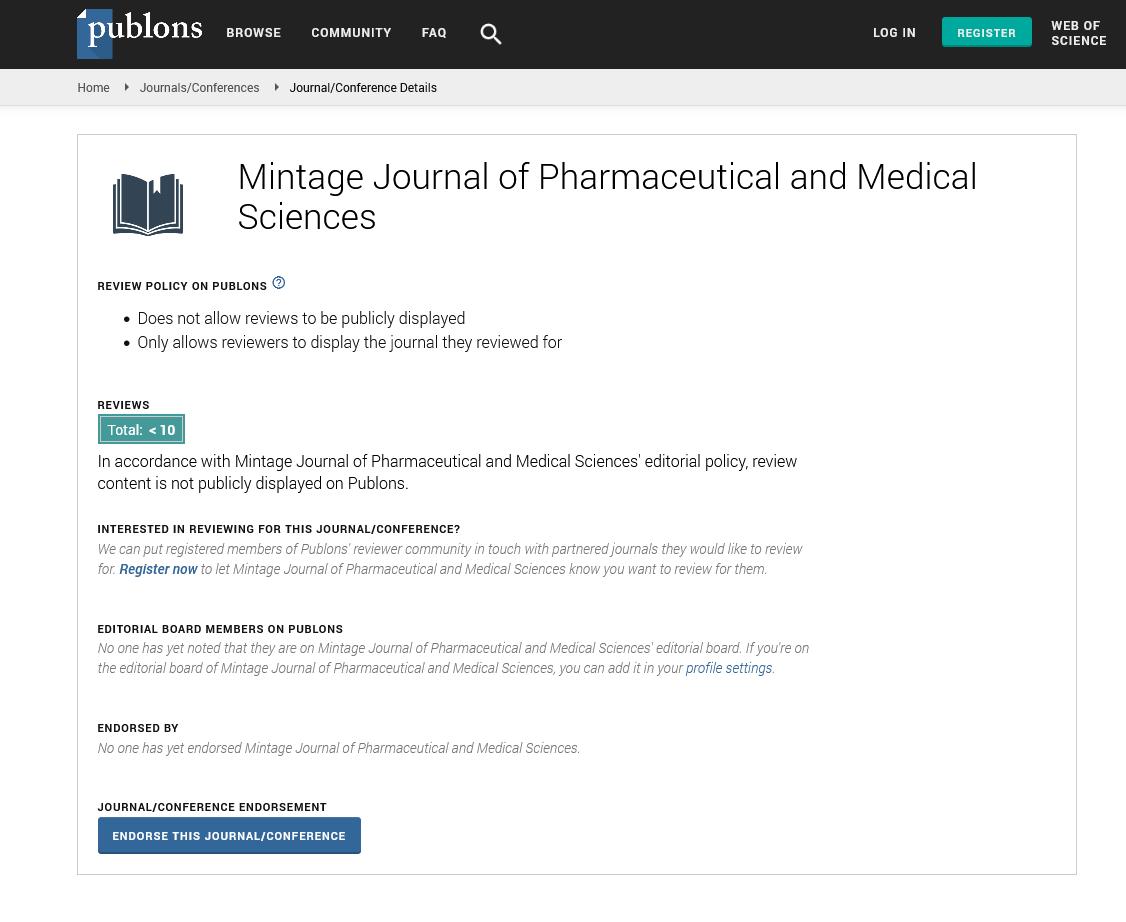BIOAVAILABILITY: UNLOCKING THE JOURNEY OF MEDICATIONS IN THE BODY
Commentary - (2023) Volume 12, Issue 2
Description
Bioavailability is a fundamental concept in pharmacology and pharmaceutical sciences that describes the proportion of an administered drug that reaches the systemic circulation and is available to exert its therapeutic effects. It plays a crucial role in determining the efficacy and dosage regimen of medications. In this article, we delve into the significance of bioavailability, its factors, and its impact on drug development and patient outcomes.
When a medication is administered, it undergoes a series of processes within the body before reaching its intended target site. These processes collectively constitute pharmacokinetics, and bioavailability is a key parameter in this realm. To better understand bioavailability, it’s essential to differentiate between two types: Absolute bioavailability and relative bioavailability.
Absolute bioavailability refers to the fraction of the administered dose that enters the bloodstream unchanged and reaches systemic circulation. It is usually expressed as a percentage. On the other hand, relative bioavailability compares the bioavailability of a specific dosage form or formulation with that of a reference product or standard. Relative bioavailability is often studied during generic drug development to ensure therapeutic equivalence to the reference product.
Several factors influence the bioavailability of a drug, and understanding them is vital for optimizing drug delivery and patient outcomes. One of the key determinants is the route of administration. Drugs administered intravenously (IV) bypass the gastrointestinal (GI) tract and are fully available for immediate action. In contrast, medications given orally or through other routes must undergo absorption through the GI tract or other tissues, which can lead to partial loss of the drug before it reaches systemic circulation.
The physicochemical properties of a drug also play a significant role in bioavailability. Factors such as solubility, particle size, and the presence of active transport mechanisms influence how well a drug is absorbed and distributed in the body. Highly soluble drugs with smaller particles tend to have better bioavailability, as they can be absorbed more easily.
Drug interactions can affect the bioavailability of co-administered medications. When two drugs are taken simultaneously, one drug may inhibit or enhance the absorption, metabolism, or excretion of the other, leading to altered bioavailability. Such interactions can have therapeutic implications and may require dose adjustments or alternative treatment options.
The first-pass effect is another critical factor affecting bioavailability, especially for orally administered drugs. After absorption through the GI tract, drugs pass through the liver before entering the systemic circulation. The liver may metabolize a portion of the drug before it reaches the general circulation, reducing the drug’s bioavailability. This phenomenon is more pronounced for drugs with high hepatic extraction ratios.
Intracellular metabolism can also impact bioavailability. Some drugs are substrates for enzymes within cells, leading to their conversion into inactive metabolites before they can exert their therapeutic effects. Understanding this intracellular metabolism is essential for optimizing drug design and ensuring sufficient bioavailability at the target site.
In conclusion, bioavailability is a vital parameter in pharmacology that determines the proportion of an administered drug that reaches the systemic circulation and is available to exert its therapeutic effects. Understanding the factors influencing bioavailability is crucial for optimizing drug delivery, developing effective medications, and ensuring patient safety. By continuously exploring innovative strategies to enhance bioavailability, scientists and researchers can improve the efficacy and tolerability of medications, ultimately improving patient outcomes and advancing the field of pharmaceutical sciences.
Acknowledgement
The authors are very thankful and honoured to publish this article in the respective Journal and are also very great full to the reviewers for their positive response to this article publication.
Conflict Of Interest
We have no conflict of interests to disclose and the manuscript has been read and approved by all named authors.
Author Info
Ela Red*Received: 30-May-2023, Manuscript No. mjpms-23-108282; , Pre QC No. mjpms-23-108282(PQ); Editor assigned: 01-Jun-2023, Pre QC No. mjpms-23-108282(PQ); Reviewed: 15-Jun-2023, QC No. mjpms-23-108282; Revised: 20-Jun-2023, Manuscript No. mjpms-23-108282(R); Published: 27-Jun-2023, DOI: 10.4303/mjpms/236042
Copyright: This is an open access article distributed under the terms of the Creative Commons Attribution License, which permits unrestricted use, distribution, and reproduction in any medium, provided the original work is properly cited.

ISSN: 2320-3315
ICV :81.58

